In Kenya, many multi-story homes—especially in urban areas like Nairobi, Mombasa, and Kisumu—feature narrow staircases, raised entrances, and compact layouts. These designs often prioritize style and density over accessibility.
For individuals with mobility impairments—whether due to age, disability, or injury—navigating such spaces can be incredibly challenging and, at times, unsafe.
More often than not, upgrades are only considered after an injury or diagnosis forces urgent changes. In Kenya, where mobility-related impairments account for 42% of all disabilities, the need for more inclusive housing is increasingly urgent.
In high-density estates across Nairobi, for instance, maisonettes frequently lack lift or ramp access, leaving upper floors inaccessible to anyone who cannot use stairs. Although Kenya’s Persons with Disabilities Act (2003) and the revised Building Code (2009) include provisions for accessible design, enforcement in private residential projects remains inconsistent.
As a result, many families must take accessibility into their own hands. Fortunately, practical solutions like home lifts, stairlifts, wider doorways, and smart technology can dramatically improve daily life—and even future-proof homes for aging in place.
Here are six essential ways to make your multi-story home safer, more inclusive, and better suited for everyone who lives there.
1. Install a Home Lift if You Have a Multi-Story Property
In Kenya’s urban homes, where stairs are often steep, narrow, and lack railings, accessibility becomes a pressing concern. Whether you’re caring for an elderly parent, recovering from surgery, or living with a long-term disability, navigating stairs can feel like a daily obstacle course.
That’s where home lifts come in.
Unlike commercial elevators, residential lifts like those offered by Stiltz are designed for private homes. They’re compact, energy-efficient, and don’t require a pit or machine room—making them ideal for retrofit projects in Kenyan maisonettes or townhouses.
In neighborhoods where upper floors are effectively off-limits due to poor accessibility, a home lift can reconnect residents to their entire home. These lifts can accommodate wheelchairs or simply provide safer vertical transport for anyone with limited mobility.
“When my mum had surgery last year, climbing the stairs became impossible for her. We decided to install a small home lift in our Kilimani townhouse, and it’s been life-changing. She can now move between floors safely, and we don’t have to worry about falls or accidents. I honestly don’t know why more people aren’t doing this,” says Grace Mwangi, a Nairobi-based homeowner and caregiver.
Bonus Tip: Be sure to maintain a clear area around the lift—at least two feet of space for mobility aids and a five-foot turning radius for wheelchair access. This ensures safe entry, exit, and daily use.
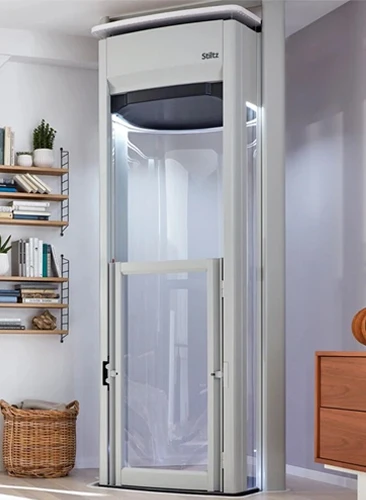
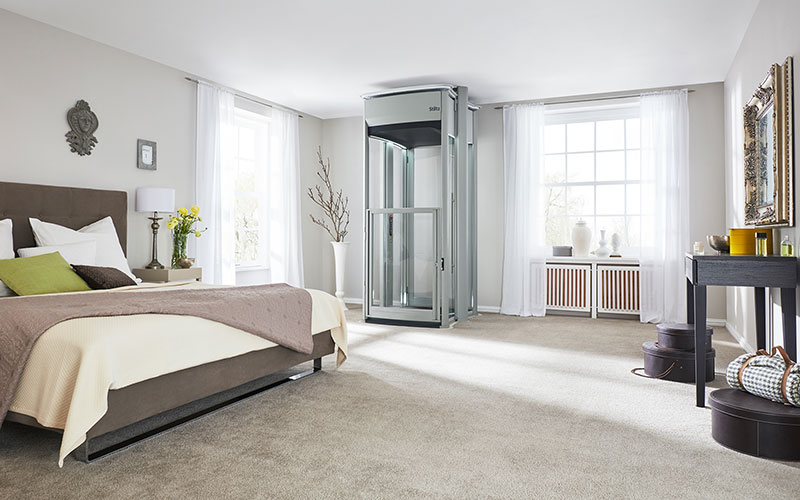
2. Add Stairlifts and Handrails for Safer Stairs
If a home lift isn’t feasible, a stairlift can provide a safe alternative. Stairlifts are perfect for individuals who can transfer independently and just need help getting up and down the stairs.
To make stair use even safer, consider adding handrails on both sides of the staircase. Extend them slightly beyond the top and bottom steps to provide better grip and guidance—especially helpful for those with vision impairments or balance issues.
This simple upgrade increases stability and confidence when navigating stairs.
3. Rethink Doorways, Flooring, and Furniture Layout
If a home lift isn’t feasible, a stairlift can provide a safe alternative. Stairlifts are perfect for individuals who can transfer independently and just need help getting up and down the stairs.
To make stair use even safer, consider adding handrails on both sides of the staircase. Extend them slightly beyond the top and bottom steps to provide better grip and guidance—especially helpful for those with vision impairments or balance issues.
This simple upgrade increases stability and confidence when navigating stairs.

4. Upgrade the Bathroom for Accessibility and Safety
Bathrooms are critical spaces to adapt. Slippery floors, tight spaces, and awkward fixtures pose a serious risk.
Boost safety and accessibility with:
-
Grab bars near the toilet and inside the shower
-
Wall-mounted toilet frames for extra support
-
Flip-down shower chairs that provide stability and neatly stow away when not in use
-
Walk-in showers or full wet room conversions
-
Sensor taps and lights to eliminate the need for physical switches
Choose non-slip flooring that’s both practical and waterproof to reduce fall risks while keeping the space stylish.
5. Create a Ground-Floor Living Setup and Adjust Kitchen Worktops
For those who can no longer use stairs easily, converting a room on the ground floor into a bedroom and full bathroom can make a huge difference. Pair it with a kitchen that’s accessible to all.
If a full kitchen remodel isn’t possible, try:
-
Lowering worktops to seated height
-
Installing adjustable-height countertops (great for multi-user households)
-
Moving daily-use items to lower cabinets
-
Pull-out drawers for cookware, utensils, and cleaning products
These adjustments improve usability for people using wheelchairs, those who cannot stand long, or anyone with fatigue-related conditions.
Adapting kitchens and bathrooms goes beyond practical convenience—it’s about restoring confidence and independence in the spaces where people most often need support. For many individuals with limited mobility, being able to safely prepare a meal or take a shower without assistance is a deeply personal victory.
Features like pull-out drawers, adjustable-height surfaces, and flip-down shower seating don’t just reduce strain—they eliminate daily frustrations and restore dignity. These thoughtful design choices can empower residents to engage with their homes fully, without feeling restricted or dependent on others.
When kitchens and bathrooms are truly accessible, they become places of comfort and capability—not risk and limitation.
6. Smart Home Technology for Greater Independence
Smart home tech offers life-changing accessibility for people with limited mobility or dexterity. From automated lighting and smart thermostats to app-controlled blinds and TVs, these solutions put control back in the user’s hands.
Voice assistants like Alexa or Google Home allow simple commands like:
-
“Turn on the hallway lights”
- “Play the news”
You can even upgrade to keyless locks, biometric access, or smart key fobs to simplify entry and exit for users who struggle with keys or reaching traditional locks.
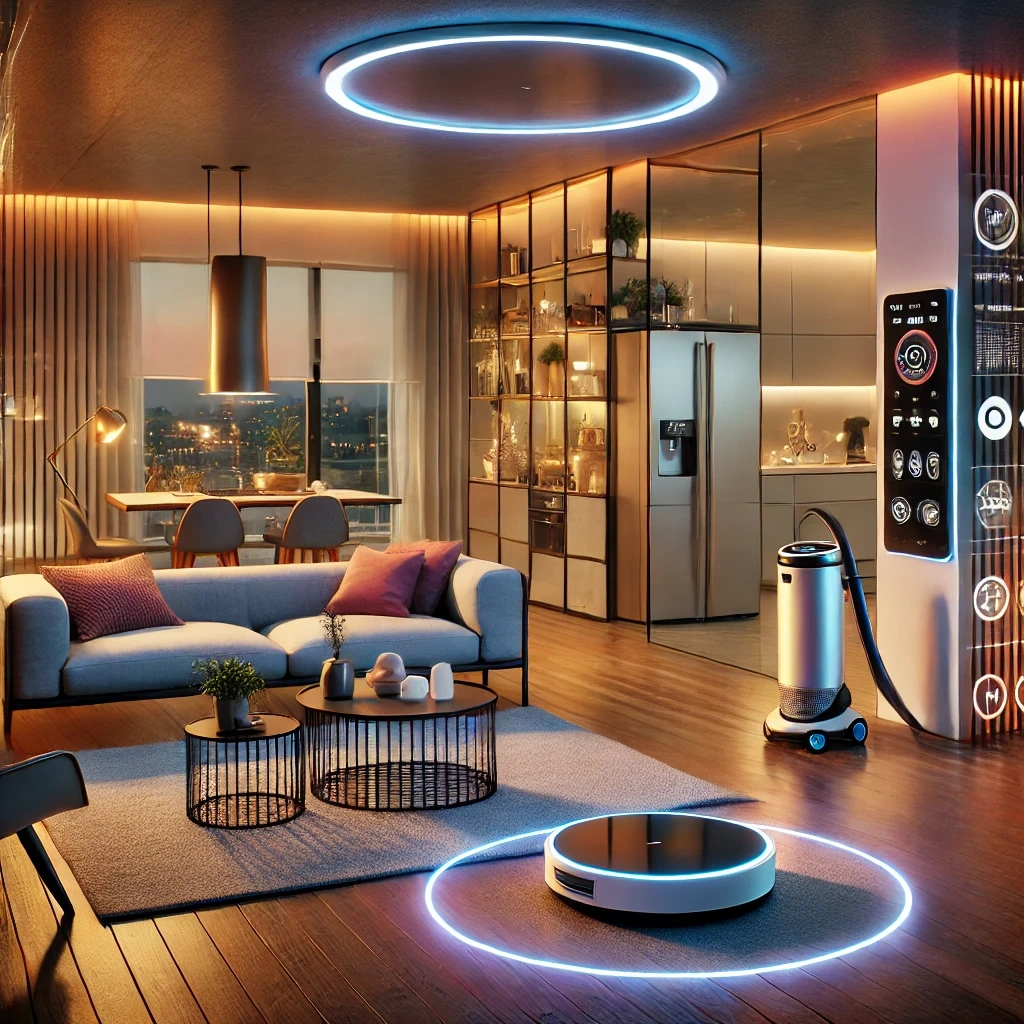
Understand the Unique Needs of Your Household
Before making any modifications to your home, it’s crucial to assess the specific needs of everyone living there. Accessibility isn’t a one-size-fits-all solution—what works for someone using a wheelchair may not be ideal for someone with balance issues or chronic pain.
Take time to walk through each room and identify areas that present challenges: tight corners, high cabinets, slippery flooring, or difficult-to-reach switches.
Ask yourself: Who uses this space most often? What are their mobility limitations? This simple but thoughtful evaluation helps you plan renovations that actually improve daily life—not just check boxes.
Accessibility Is Emotional, Too
Home modifications don’t just improve physical comfort—they have a powerful emotional impact, too. Creating a space where someone can move freely and independently builds confidence, restores dignity, and strengthens mental well-being.
When all family members can navigate the home without constant assistance, it also fosters a more harmonious and inclusive environment. Whether you’re helping a parent recover from surgery or planning long-term aging-in-place solutions, these changes support not just function, but quality of life.
Final Thoughts
Accessibility isn’t just about physical space—it’s about freedom, safety, and peace of mind. Whether you’re facing an urgent need or planning ahead for aging in place, these changes—big and small—can completely transform your living experience.
Every household is different, so tailor your changes to your unique needs. And if you’re unsure where to start, consult an occupational therapist or home access professional. They can offer expert guidance and ensure your home meets both practical and legal accessibility standards.
Because everyone deserves a home that works for them—on every floor, in every room.
Stay in the Home You Love with Stiltz Home Lifts
Choosing Stiltz home lifts is more than just a solution for your current mobility needs—it is an investment in the future, adding value to your home and lifestyle. Let us help you achieve a more convenient, safer, and high-quality living environment!
For more information, contact us today. Our team of home lift experts is always ready to assist you in finding the perfect solution, ensuring that you can continue enjoying your home—now and in the years to come.
What Makes Stiltz Home Lifts Different?
![]() Fast Installation:
Fast Installation:
Stiltz home lifts don’t require a machine room or load-bearing walls. With patented dual-rail technology, they’re self-supporting and can be installed in as little as one day—minimising disruption and wait time.
![]() Low-Noise Operation:
Low-Noise Operation:
Enjoy a smooth, quiet ride—perfect for noise-sensitive homes. Stiltz lifts operate silently without disturbing your daily routine.
![]() Energy Efficiency:
Energy Efficiency:
Powered by a standard household socket, Stiltz lifts use minimal electricity—about the same as a kettle or microwave—making them both eco-friendly and cost-effective.
![]() Safety Features:
Safety Features:
Certified to European standards, Stiltz lifts include anti-fall systems, key switches, sensors, and light curtains for obstacle detection—ensuring safe, reliable use.
![]() Easy Installation:
Easy Installation:
With a compact and versatile design, Stiltz lifts can be installed almost anywhere—from living rooms to hallways or even hidden inside cabinets—seamlessly fitting into your home.
Looking for a personalized quote? Contact us today for a free consultation on home lift installation in Kenya.
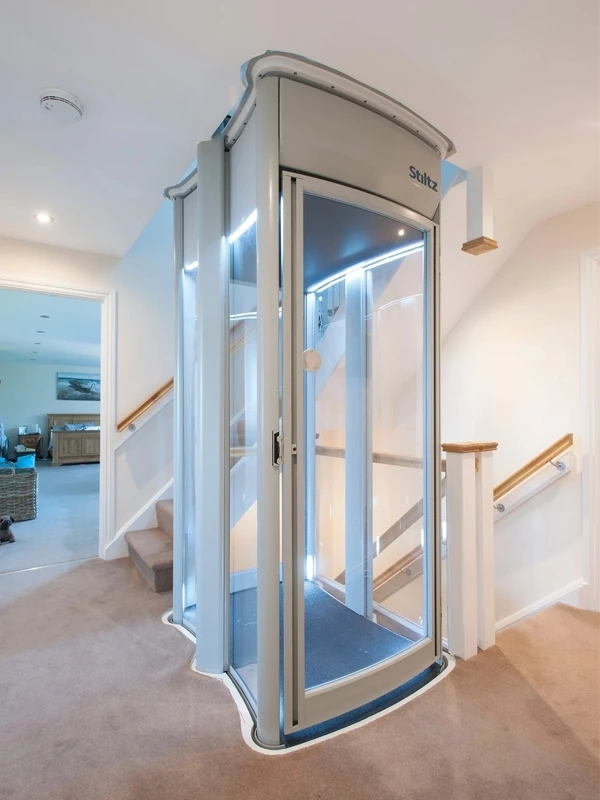
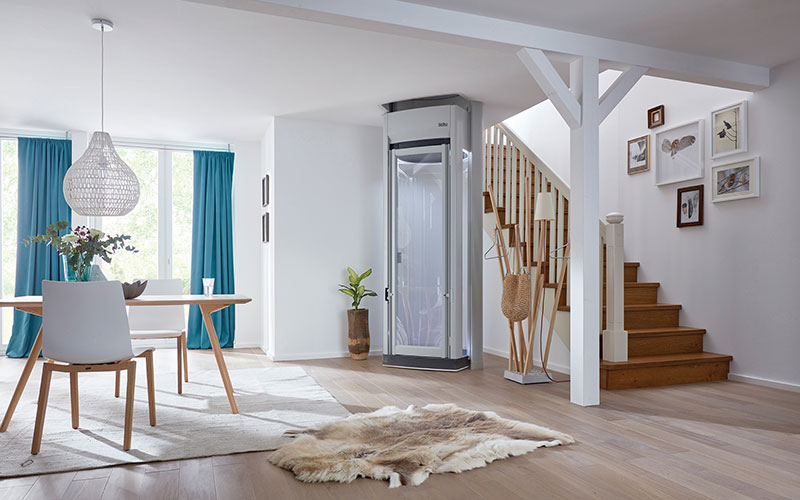
Whether you’re caring for an elderly parent, recovering from surgery, or planning to age in place, Stiltz lifts offer a future-ready solution designed for comfort and independence. In homes across Nairobi, Mombasa, and Kisumu, more families are turning to compact lifts as a safe, space-saving alternative to stairs—without needing major renovations.
Related Articles

Wondering whether a stairlift or home lift is right for your space?
Don’t miss our guide: Stairlift or Home Lift in Kenya? Costs, Benefits & Which to Choose — a practical breakdown to help you compare both options, understand pricing, and choose the best fit for your mobility needs and budget.

